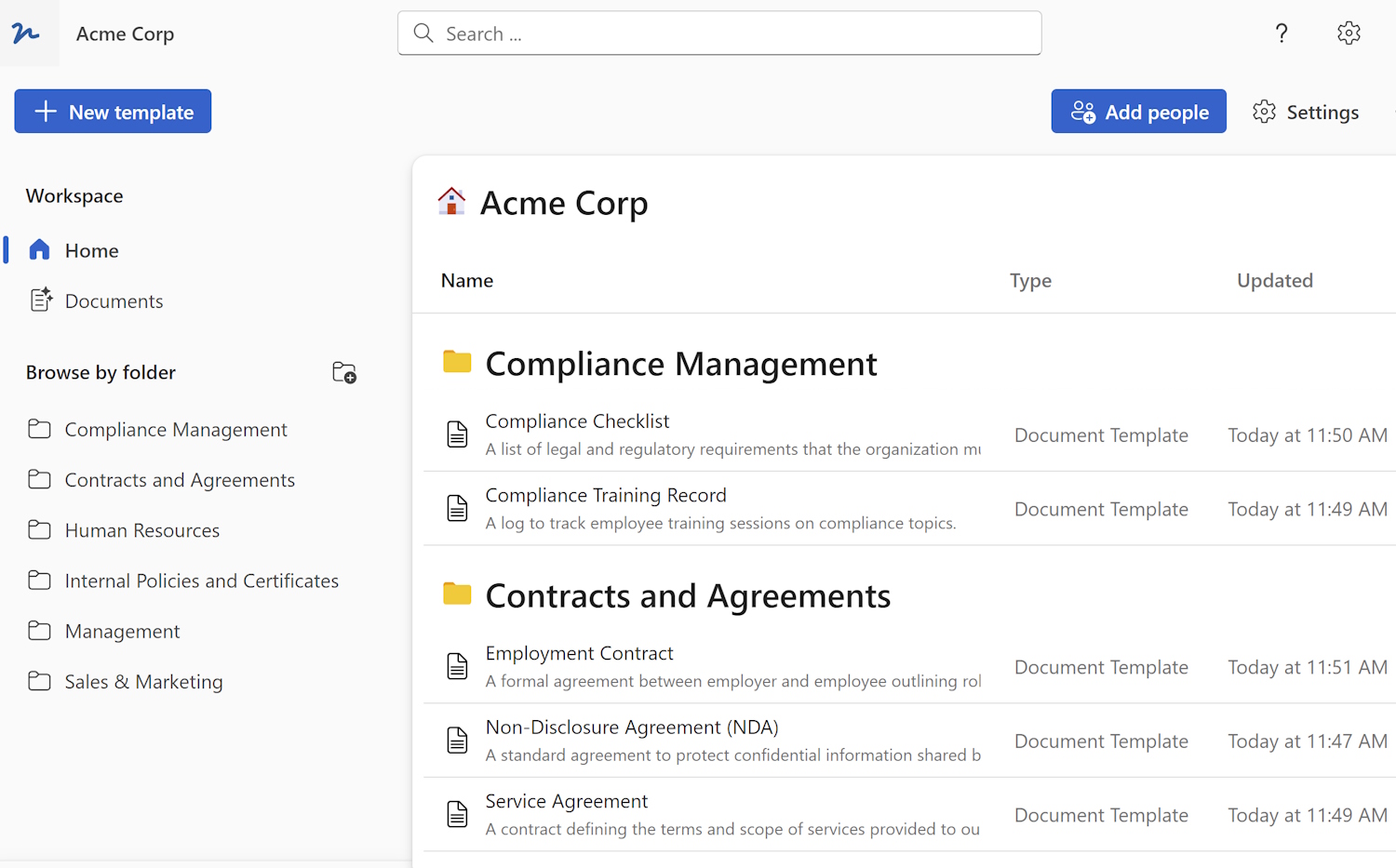
When it comes to organizing and managing files on a computer system, having a well-designed directory folder structure is essential. A directory folder structure refers to the hierarchical organization of folders and subfolders that are used to store and categorize files. It provides a systematic approach to file management, making it easier to locate and access files quickly and efficiently. In this article, we will explore the importance of a directory folder structure and provide some tips on how to create an effective one.
Why is a Directory Folder Structure Important?
A well-designed directory folder structure offers several benefits, including:
Easy file organization: A directory folder structure allows you to organize files in a logical and intuitive manner. By categorizing files into different folders and subfolders, you can easily locate and access specific files without wasting time searching through cluttered directories.
Improved file searchability: With a well-structured directory folder system, you can quickly search for files based on their location within the hierarchy. This helps to streamline the search process and makes it easier to find files, even if you don't remember their exact names.
Enhanced file collaboration: A good directory folder structure facilitates effective file collaboration among team members. By organizing files based on departments, projects, or topics, team members can easily access and share relevant files, which enhances productivity and collaboration.
Reduced data redundancy: With a well-designed directory folder structure, you can avoid duplicating files in different locations. By storing files in the appropriate folders, you can ensure that each file is stored in only one place, reducing the risk of data redundancy and confusion.
Tips for Creating an Effective Directory Folder Structure
Creating an effective directory folder structure requires careful planning and consideration. Here are some tips to help you create a well-organized and efficient structure:
Define your organizational needs: Before creating a directory folder structure, it's important to identify your specific organizational needs. Consider the type of files you work with, the number of files, and how you prefer to categorize them. This will help you determine the number of folders and subfolders you need to create.
Keep it simple: While it may be tempting to create a complex directory folder structure with multiple levels of nested folders, it's best to keep it simple. A simpler structure is easier to navigate and less prone to errors or confusion. Stick to a maximum of three to four levels of folder hierarchy.
Use descriptive folder names: Choose descriptive and meaningful names for your folders to ensure easy identification of their contents. Avoid using generic names like "Miscellaneous" or "New folder" as they provide little information about the files they contain. Instead, use specific and descriptive names that accurately represent the files within each folder.
Create a logical hierarchy: Organize your folders in a logical and intuitive hierarchy. Start with broader categories and then create subfolders within each category. This allows for easy navigation and ensures that files are stored in the most relevant locations.
Consider file metadata: In addition to folder names, consider using file metadata to further categorize and tag files. By adding metadata such as tags, dates, or keywords to file properties, you can enhance searchability and quickly locate specific files.
Use consistent naming conventions: Maintain consistency in file and folder naming conventions. This makes it easier to locate files and ensures that everyone in your organization follows the same naming standards. Establish rules for naming files, such as including a specific date format or using abbreviations to denote file type.
Regularly review and update: As your file collection grows and evolves, periodically review and update your directory folder structure. Remove any unnecessary folders or files, and make adjustments as needed to accommodate new file types or categories.
By following these tips, you can create a well-organized directory folder structure that promotes efficient file management and enhances productivity.
Conclusion
A well-designed directory folder structure is crucial for effective file organization and management. It allows for easy file searchability, improved collaboration, and reduced data redundancy. By following the tips provided in this article, you can create an efficient and intuitive directory folder structure that will save you time and enhance your overall file management experience.
 WordFields
WordFields
